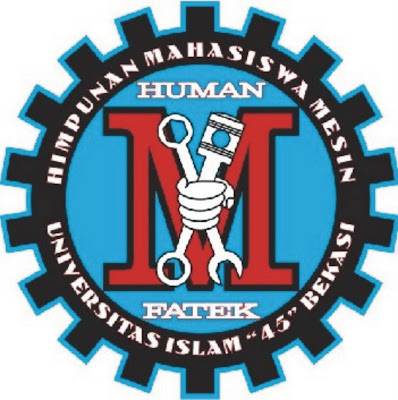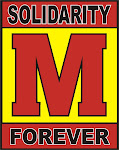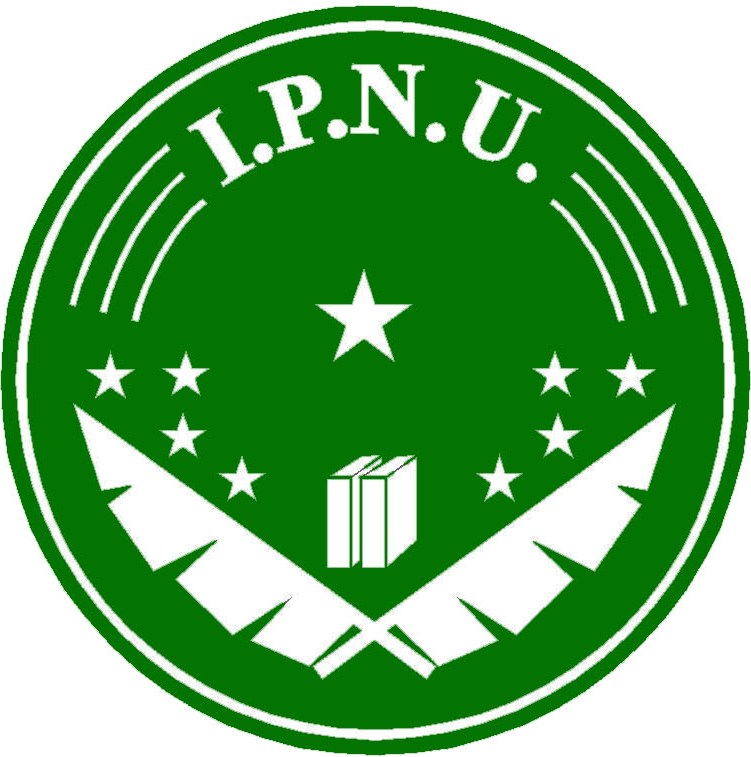 Mata kuliah Otomasi Industri oleh Bapak Gery setiadi ST,.MT
Mata kuliah Otomasi Industri oleh Bapak Gery setiadi ST,.MT
Fakultas Teknik Universitas Islam 45 Bekasi
Referensi Book : Automation, Production Systems, and Computer-Integrated Manufacturing oleh Mikell P. Groover
Download :
1. Ringkasan buku Automation, Production Systems, and Computer-Integrated Manufacturing
2. System Otomasi Industri
Industrial Automation – Machines
Sections:
1. Production Systems
2. Automation in Production Systems
3. Manual Labor in Production Systems
4. Automation Principles and Strategies
5. Organization of the Course
The Realities of Modern Manufacturing
- Globalization – Once underdeveloped countries (e.g., China, India, Mexico) are becoming major players in manufacturing
- International outsourcing – Parts and products once made locally are now being made offshore (in China or India) or near-shore (in Eastern Europe)
- Local outsourcing – Use of suppliers locally to provide parts and services
More Realities of Modern Manufacturing
- Contract manufacturing – Companies that specialize in manufacturing entire products, not just parts, under contract to other companies
- Trend toward the service sector
- Quality expectations – Customers, both consumer and corporate, demand products of the highest quality
- Need for operational efficiency – manufacturers must be efficient in in their operations to overcome the labor cost advantage of international competitors
Manufacturing Approaches
- Automation
- Flexible manufacturing
- Quality programs
- Integration
- Lean production
Manufacturing Support Systems
- Business functions – sales and marketing, order entry, cost accounting, customer billing
- Product design – research and development, design engineering, prototype shop
- Manufacturing planning – process planning, production planning, MRP, capacity planning
- Manufacturing control –shop floor control, inventory control, quality control
Automated System
Examples:
- Automated machine tools
- Transfer lines
- Automated assembly systems
- Industrial robots
- Automated material handling and storage systems
- Automatic inspection systems for quality control
Fixed Automation
Sequence of processing (or assembly) operations is fixed by the equipment configuration
Typical features:
- Suited to high production quantities
- High initial investment for custom-engineered equipment
- High production rates
- Relatively inflexible in accommodating product variety
Programmable Automation
Capability to change the sequence of operations throug reprogramming to accommodate different product configurations
Typical features:
- High investment in programmable equipment
- Lower production rates than fixed automation
- Flexibility to deal with variations and changes in product configuration
- Most suitable for batch production
- Physical setup and part program must be changed between jobs (batches)
Flexible Automation
System is capable of changing over from one job to the next with little lost time between jobs
Typical features:
- High investment for custom-engineered system
- Continuous production of variable mixes of products
- Medium production rates
- Flexibility to deal with soft product variety
Reasons for Automating
1.To increase labor productivity
2.To reduce labor cost
3.To mitigate the effects of labor shortages
4.To reduce or remove routine manual and clerical tasks
5.To improve worker safety
6.To improve product quality
7.To reduce manufacturing lead time
8.To accomplish what cannot be done manually
9.To avoid the high cost of not automating
Referensi
- Groover, Mikell P., Automation, Production Systems and Computer Integrated Manufacturing
semoga bermanfaat.



























marilah kita berdiskusi dan mengkajinya bersama